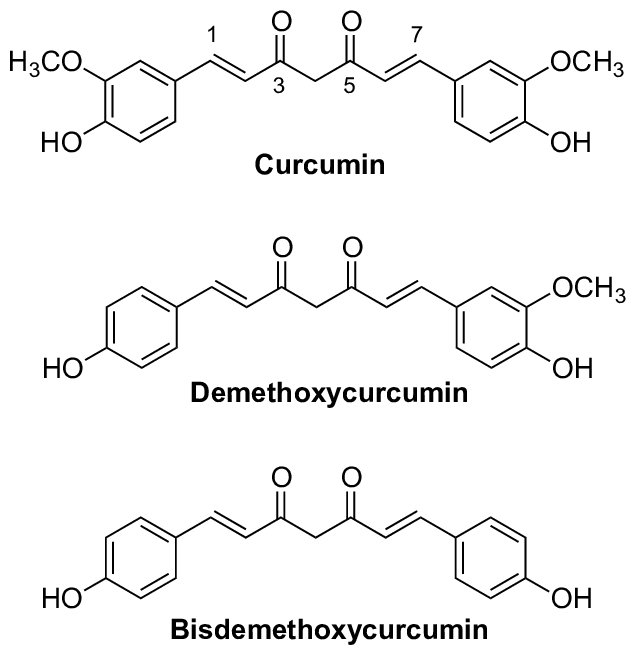Turmeric, curcuminoids, and curcumin....these are not interchangeable terms.
Curcumin is a small, potent, and important part of turmeric. This distinction has implications when looking to select a nutritional supplement, when educating patients, as well as for clinical dosing.
Turmeric (Curcuma longa) is a distinctive yellow spice, part of the ginger family (Zingiberacear), that has been used for thousands of years in Southeast Asia, China, and India for cooking and medicinal uses.1,2 Although the traditional uses of turmeric are still used today, advances in modern science have revealed curcumin to be the key ingredient responsible for the activities and therapeutic properties of turmeric.*5
Curcuminoids are a family of active compounds within turmeric. Curcuminoids are polyphenolic pigments and include curcumin, demethoxycurcumin, and bisdemethoxycurcumin. Curcumin is the primary curcuminoid in turmeric and the compound for which most studies have been done. A simple exercise is to independently search each of these curcuminoids as criteria in your favorite medical and scientific article database (e.g., Pubmed) and compare the cursory results. Although turmeric is thought to possess therapeutic properties, the curcuminoids complex comprises only 2.5-6% of the rhizome of tumeric. Of that, curcumin is approximately 77% of the curcuminoid content.3 To state this differently, it is understood that curcumin is the most abundant curcuminoid. It is also the most studied curcuminoid. Curcuminoids are only a small fraction of the turmeric rhizome and the rhizome is only one part of the plant. Unless explicitly stated that there is a different ratio of curcuminoids, it is assumed that the natural ratio of 77% curcumin, 17% demethoxycurcumin and 3% bisdemethoxycurcumin with variances is maintained in a commercial product. This provides context to the conversation about using these plants in clinical practice.

However, simply comparing mass alone of curcumin, curcuminoids, or turmeric products fails to address the widely known challenge of bioavailability.
Although curcumin has a wide range of biological activities, in vivo studies have found the bioavailability of curcumin in humans and animals to be low.4, 5 Additionally, curcumin has a high metabolizing rate and rapid systemic clearance.4, 5 Because of its poor absorption efficiency, it is difficult for orally administered curcumin to reach blood levels sufficient to exert its bioactivities. To overcome this problem, several curcumin preparations have been developed to increase the bioavailability of curcumin after oral administration with varying degrees of success.
REFERENCES:
- Sokmen M et al. Inflammopharmacology. Jun 2016;24(2-3):81-6.
- Asher GN et al. Altern Ther Health Med. 2013 Mar-Apr;19(2):20-2.
- Lee W-H et al. Current Neuropharmacology. 2013;11(4):338-78.
- Sunagawa Y et al. J Nutr Sci Vitaminol (Tokyo). 2015;61(1):37-44.
- Lee W-H et al, Current Neuropharmacology. 2013;11(4):338-378.
Source: Article on Turmeric Curcuminoids
by Lauren Martin, MS, CNS


